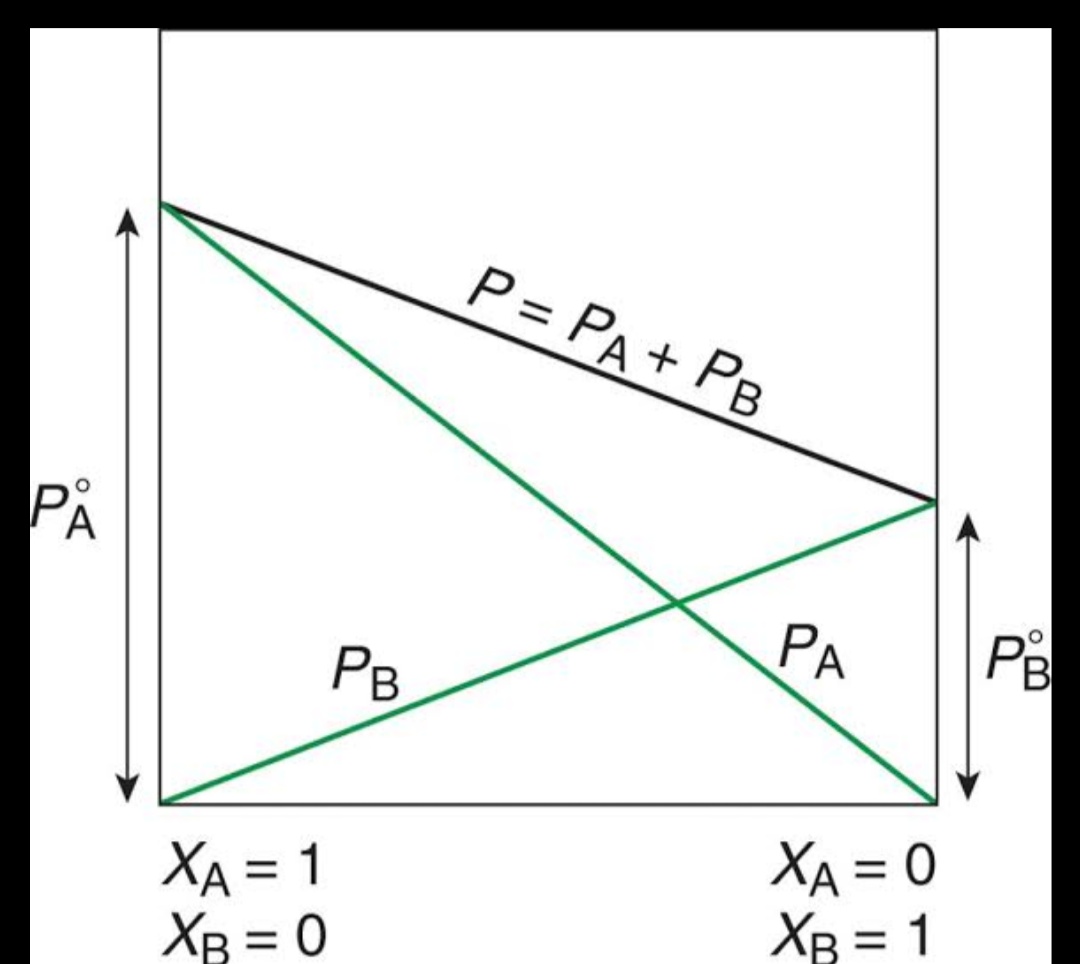Assume surface molecules are restrained by a QM harmonic potential, with energy levels described as $$E_n = \hbar \omega(n + \frac12)$$
where $$\omega=\sqrt{\frac{k}{\mu}}$$
is the frequency of the harmonic oscillator
and $$\mu=\frac{m_1m_2}{m_1 + m_2}$$
is its reduced mass.
The actual shape of the potential is determined by $k$, the force constant, ie classically we would write $$U_{pot}=\frac12 k x^2$$
Therefore we might have two particles with identical restraining potentials, but due to differences in reduced mass they might differ in the nature of the available QM energy levels and their thermal populations. This means you can in fact have solute and solvent interacting via identical potentials and yet having different volatility.
It can be readily shown that a condition satisfied by an ideal mixture that follows Raoult's law is that the heat of mixing
$$\Delta_{mix} H=H_{12}-\chi_1 H_{11} - (1-\chi_1)H_{22}$$
be equal to zero. Note that $H_{12}$ depends on the composition (on $\chi_1$). However, identical potentials (force constants) does not guarantee that the condition is satisfied. Consider now a simple model that assumes that the oscillator consists of a dangling surface molecule and the rest of the bulk, such that $\mu \approx m_i$ (where $m_i$ is the mass of the dangling molecule). Then it can be shown that the ideality condition represented by the equation $\Delta_{mix} H=0$ holds for statistical mixing if the force constants are independent of the nature of the bulk (but may depend on the dangling molecule). This is probably not an unreasonable description of van der Waals bonding, which depends on the area of the interaction surface of the solute more than on the composition of the solvent (assuming chemically similar compounds eg hydrocarbons).

